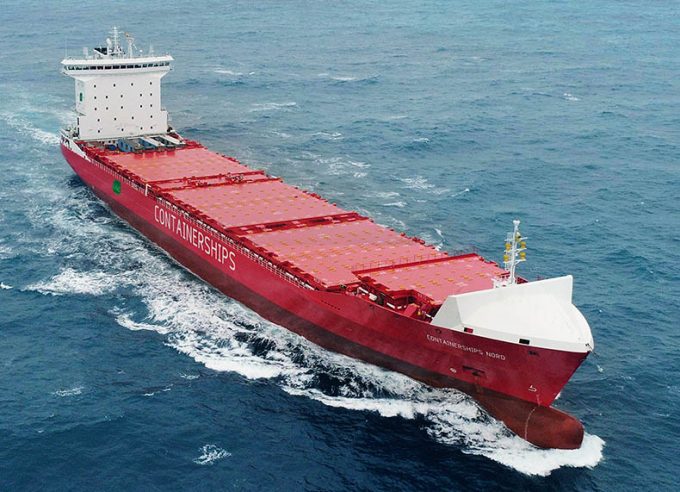Carriers introduce surcharges as congestion builds at African ports
Carriers are beginning to impose congestion surcharges on shipments into African ports as the continent ...

LNG delivers the best return on investment (ROI) for container shipping lines, according to a new study, commissioned by the collaborative industry foundation SEA\LNG.
The study analysed the case of a newbuild 14,000 teu vessel deployed on the Asia-US west coast transpacific trade and compares six ...

Comment on this article